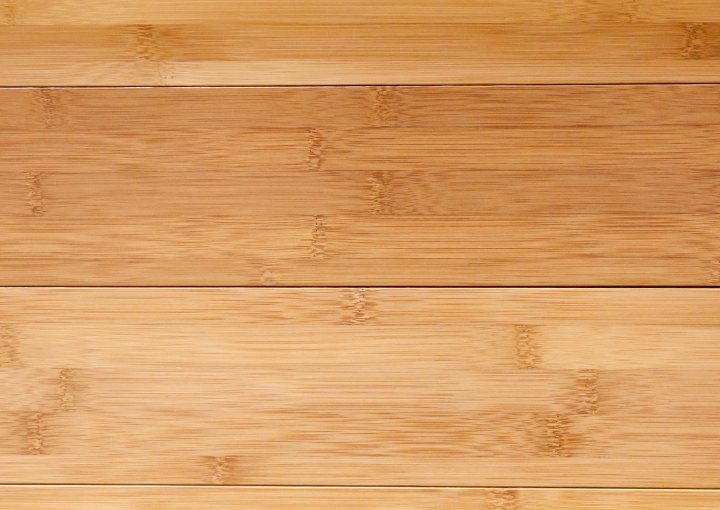Bathroom remodeling is an exciting endeavor that allows homeowners to enhance the functionality, aesthetics, and comfort of one of the most frequently used rooms in the house. Whether you’re looking to update outdated fixtures, increase storage space, or create a spa-like retreat, a well-planned bathroom remodel can breathe new life into your home. In this comprehensive guide, we’ll explore everything you need to know about planning, designing, and executing a successful bathroom renovation project.
Assess Your Needs and Set Goals:
Before diving into the renovation process, take some time to assess your needs and set clear goals for your bathroom remodel. Consider factors such as:
- Functionality: Determine how you use the space and identify any pain points or areas for improvement.
- Aesthetics: Define your design preferences and desired style, whether it’s modern, traditional, minimalist, or eclectic.
- Budget: Establish a realistic budget based on your renovation goals and prioritize your spending accordingly.
Plan Your Layout and Design:
Once you have a clear understanding of your needs and goals, it’s time to plan your bathroom layout and design. Consider the following elements:
- Layout: Evaluate the existing layout of your bathroom and determine if any structural changes are needed to optimize space and flow.
- Fixtures and Features: Choose high-quality fixtures and features that suit your style and meet your functional requirements. This includes items such as sinks, toilets, showers, bathtubs, faucets, and lighting.
- Storage Solutions: Maximize storage space by incorporating built-in cabinets, shelving, or vanity units to keep toiletries, towels, and other essentials organized and accessible.
- Materials and Finishes: Select durable, water-resistant materials and finishes that can withstand the humid environment of the bathroom. Consider options such as ceramic or porcelain tiles, natural stone, glass, and waterproof paint.
Hire Professionals and Obtain Permits:
Depending on the scope of your bathroom remodel, you may need to hire professionals such as contractors, plumbers, electricians, and designers to bring your vision to life. Obtain any necessary permits and ensure that all work is done according to local building codes and regulations.
Demolition and Construction:
Once you have assembled your team and obtained permits, the renovation process can begin. This typically involves:
- Demolition: Remove existing fixtures, finishes, and structures to prepare the space for renovation.
- Plumbing and Electrical Work: Update plumbing and electrical systems as needed to accommodate new fixtures and features.
- Installation: Install new fixtures, finishes, and features according to the approved design plan.
- Finishing Touches: Add final touches such as paint, trim, hardware, and accessories to complete the look of your new bathroom.
Enjoy Your Newly Renovated Space:
Once construction is complete, take the time to enjoy your newly renovated bathroom. Revel in the improved functionality, aesthetics, and comfort of your updated space, and take pride in knowing that you’ve transformed your home for the better.
Bathroom remodeling is a rewarding endeavor that can enhance the beauty, functionality, and value of your home. By carefully planning your renovation, selecting quality materials and fixtures, hiring skilled professionals, and adhering to local regulations, you can create the bathroom of your dreams and enjoy years of comfort and satisfaction.

